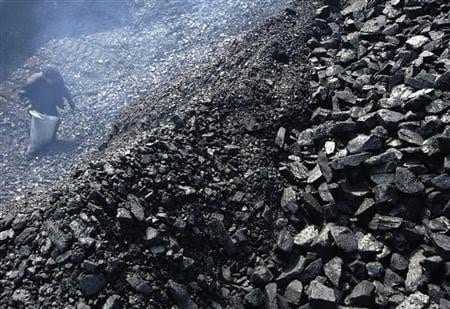
In 2015, to little fanfare, Indian Energy Minister Piyush Goyal announced a new policy to progressively tighten emissions controls for new coal-fired power plants from 2017.
This last week the Indian Association of Power Producers responded, issuing dire warnings the policy will drive significant economy wide electricity price inflation and the closure of existing coal-fired power plants unable to justify the retrofitting of emissions controls.
As the existing proposal stands, neither outcome is likely. So why is the industry belatedly wheeling out a scare campaign?
The reality is that they fear the inevitable tightening of the legislative noose, catalyzed to some extent by mounting public concern around India’s air pollution, which was shown last week to be worse even than China’s.[i]
In line with Prime Minister Modi’s sustainable growth strategy,[ii] the inevitable tightening of emissions controls will render many old and inefficient coal fired power plants commercially unviable, with wholesale plant closure ensuing. Prominent press coverage in India[iii] suggests as much.
As India tightens up on power plants, the playing field will be further leveled for different electricity technologies. The Indian government’s draft Ultra Mega Power Project (UMPP) policy guidelines were released in December 2015, formally acknowledging that capital construction cost of coal-fired power generation has risen by 35-40% over the last five years or so, mainly on the requirement for modern ultra-super critical (USC) power plant technologies with full emissions controls built in.[iv]
By comparison, the cost of renewable energy is forecast to continue to decline at a rate of 5-10% pa over the next decade. This follows a staggering 25% year-on-year decline in unsubsidized installed solar costs in India in the year to January 2016 to a new record low of Rs4.34/kWh (US$64/MWh).
Energy Minister Goyal stated that new imported coal fired power generation is already more expensive than new solar projects, even before considering the inbuilt 5% annual deflationary real solar tariff that is locked in for the next 25 years. As such, the draft UMMP plans are to-date proposed only for domestic coal fired power plant proposals.
To some extent, a tightening up of the new regulations to also cover emissions limits on existing facilities may not be such bad news for India’s coal fired power plant sector. With utilisation rate dropping from 75% to just 60% in the last five years, closing 10-20% of the entire Indian coal plant fleet would actually help improve the currently dire generator sector economics. This would also make way for the Indian government’s stalled UMPP program to be carefully relaunched after a multi-year delay.
Progressively bringing on a few new high-efficiency, large scale USC plants to replace old, small heavily polluting coal-fired power clunkers would improve the average Indian coal plant efficiency, which is currently one of the poorest in the world, ahead of only real laggards like Australia.
But the Indian Association of Power Producers is struggling to see the upside. Their nervousness is surely being heightened by the knowledge their country is following a now well-trodden path to diversify rapidly away from coal.
In the U.S. for example, a similar process of progressively tightened regulatory standards will see the closure of a significant portion of the coal fired power fleet this decade, including 20GW in 2015 alone, with potentially another 15GW to come offline in 2016.
In China, the National Development and Reform Commission released a new policy statement[v] along these lines just last week: a three year coal mine moratorium; the closure of 1,000Mtpa of stranded coal mine capacity; and strict new controls on new coal fired power plants.
The world over, financing for old coal-fired power plants is progressively disappearing, just as debt and equity financing for new coal mines across Australia, America and Indonesia has evaporated over the last year and bankruptcies progressively claim most of the U.S. industry. As capital flight from the global coal sector continues, the stranded assets risks increase.
India is shifting to cleaner energy and unfortunately for India’s generally loss-making Association of Power Producers, there is little they can do to apply the brakes.
Tim Buckley is Director of Energy Finance Studies, Australasia Institute of Energy Economics and Financial Analysis
[i] http://www.bloomberg.com/news/articles/2016-02-24/india-s-smog-levels-surpassed-china-s-in-2015-greenpeace-says
[ii] http://timesofindia.indiatimes.com/india/Investors-betting-on-trust-in-India-created-by-PM-Piyush-Goyal/articleshow/51014430.cms?utm_source=twitter&utm_campaign=toimobile&utm_medium=referral
[iii] http://economictimes.indiatimes.com/industry/energy/power/power-tariffs-may-rise-70-paise-per-unit-as-to-comply-with-new-set-of-pollution-control-norms/articleshow/51087293.cms
[iv] http://www.business-standard.com/article/economy-policy/re-bidding-for-bhedabahal-umpp-by-march-end-116022600737_1.html








